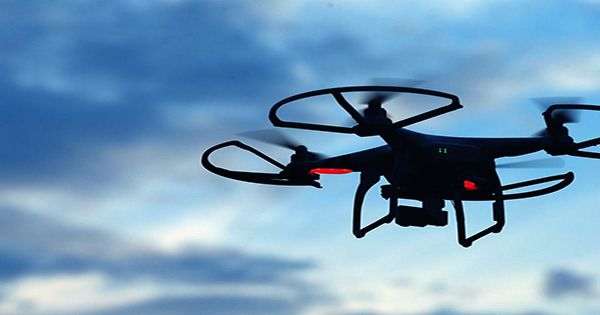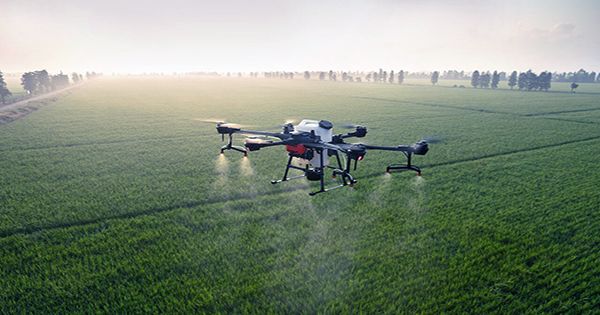Drones have revolutionized our lives over the last few years. Think about it: in 2021, depending on where we live, we can eat drone-powered snacks while we watch hearsay movies about disaster victims rescued by drones. For all their talents, some are still okay, well, friendly about drones – you probably would not want that as a pet, for example.
Now, researchers at Ben-Gurion University in the Negev (BGU) have embarked on a journey to change that perception. The research they presented at the recent Virtual ACM Conference on Human Factors in Computing Systems showed for the first time that humans can emotionally recognized and empathized with by drones. Now, researchers at Ben-Gurion University in Negev (BGU) are embarking on a journey to change that perception. The research they presented at the recent Virtual ACM Conference on the Human Factor in Computing Systems proved for the first time that humans can be emotionally recognized and empathized with drones.

“For the first time, we’ve shown that people can recognize different emotions and differentiate between the intensities of different emotions.” The research team conducted two studies, with still images and video footage of online participants showing the drones’ feelings “, respectively. Although you may think that it is a common thing to draw a face, many studies went on to create the right facial features for drones.
Perhaps surprisingly, the team realized that the experiments needed to keep their faces simple and unrealistic, both to reduce the cognitive effort needed to explain “emotions” and to prevent participants from leaking how they saw drones for life. The drones given only 2D cartoon faces featuring four faces: eyes, eyebrows, dolls and a face. With these key facial features, the researchers were able to recognize with the high degree of precision that the drone expressed emotion – and how intensely they perceived it.”
It was annoying that the only emotional people who were not great at choosing the man, less than one-third of those who took part, understood from the facial expressions. However, joy, sadness, fear, anger, and surprise all recognized in 99 percent of participants in both static images and dynamic video, with the only emotional fear of experiencing video testing.















